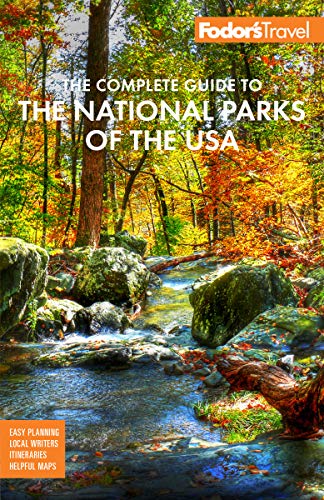Plants and Wildlife in Lassen Volcanic
Because of its varying elevations, Lassen has several different ecological habitats.
Below 6,500 Feet
Below 6,500 feet you can find Ponderosa pine, Jeffrey pine, sugar pine, white fir, and several species of manzanita, gooseberry, and Ceanothus. Wildflowers—wild iris, spotted coralroot, pyrola, violets, and lupine—surround the hiking trails in spring and early summer.
Manzanita Lake Area
The Manzanita Lake area has the best bird-watching opportunities, with yellow warblers, pied-billed grebes, white-headed and hairy woodpeckers, golden-crowned kinglets, and Steller's jays. The area is also home to rubber boas, garter snakes, brush rabbits, Sierra Nevada red foxes, black-tailed deer, coyotes, and the occasional mountain lion.
From 6,500 to 8,000 Feet
At elevations of 6,500 to 8,000 feet are red fir forests populated by many of the same wildlife as the lower regions, with the addition of black-backed three-toed woodpeckers, blue grouse, snowshoe hare, pine martens, and the hermit thrush.
Above 8,000 Feet
Above 8,000 feet the environment is harsher, with bare patches of land between subalpine forests. You'll find whitebark pine, groves of mountain hemlock, small pikas, yellow-bellied marmots, and the occasional black bear. Bird-watchers should look for gray-crowned rosy finches, rock wrens, golden eagles, falcons, and hawks. California tortoiseshell butterflies are found on the highest peaks. If you can visit in winter, you'll see one of the park's most magnificent seasonal sights: massive snowdrifts up to 30 and 40 feet high.




